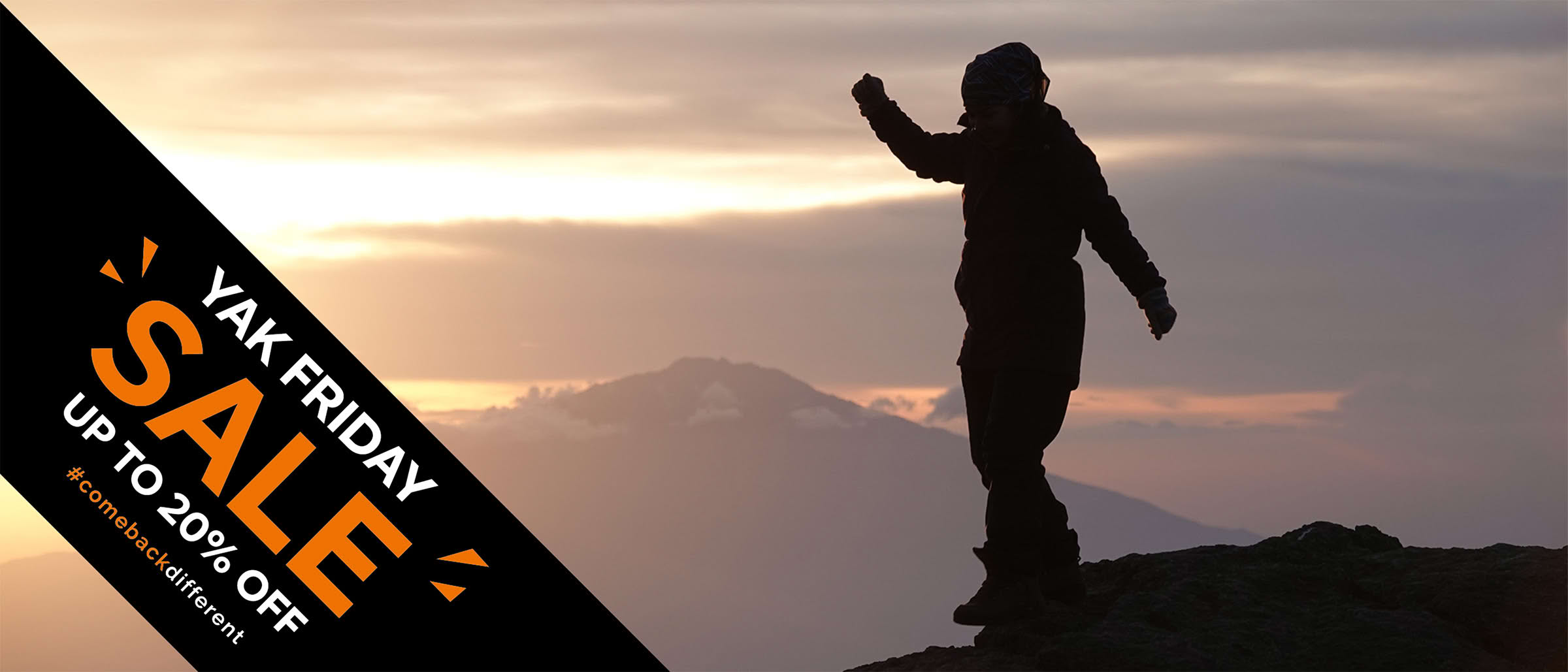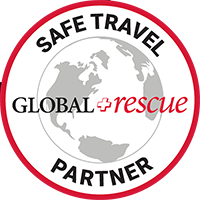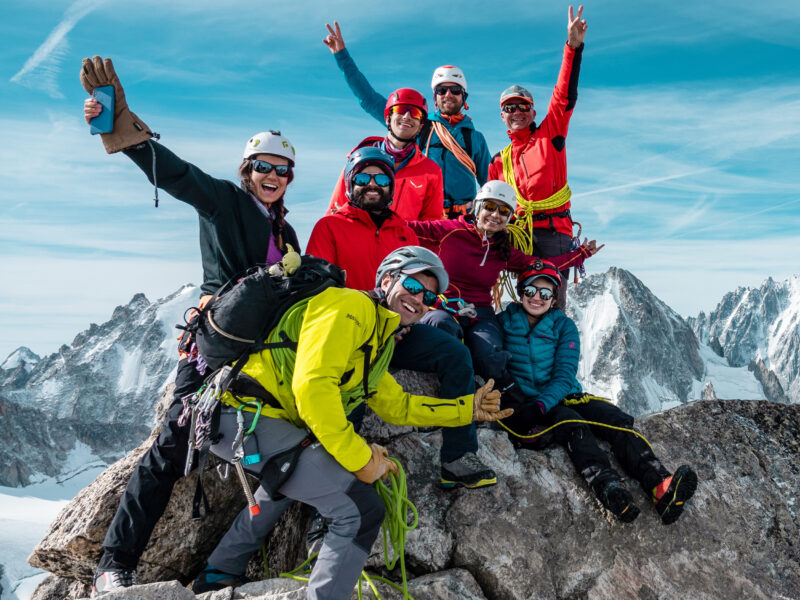BY Rami Rasamny | March 10 2025
Key Challenges of the Mont Blanc Climb
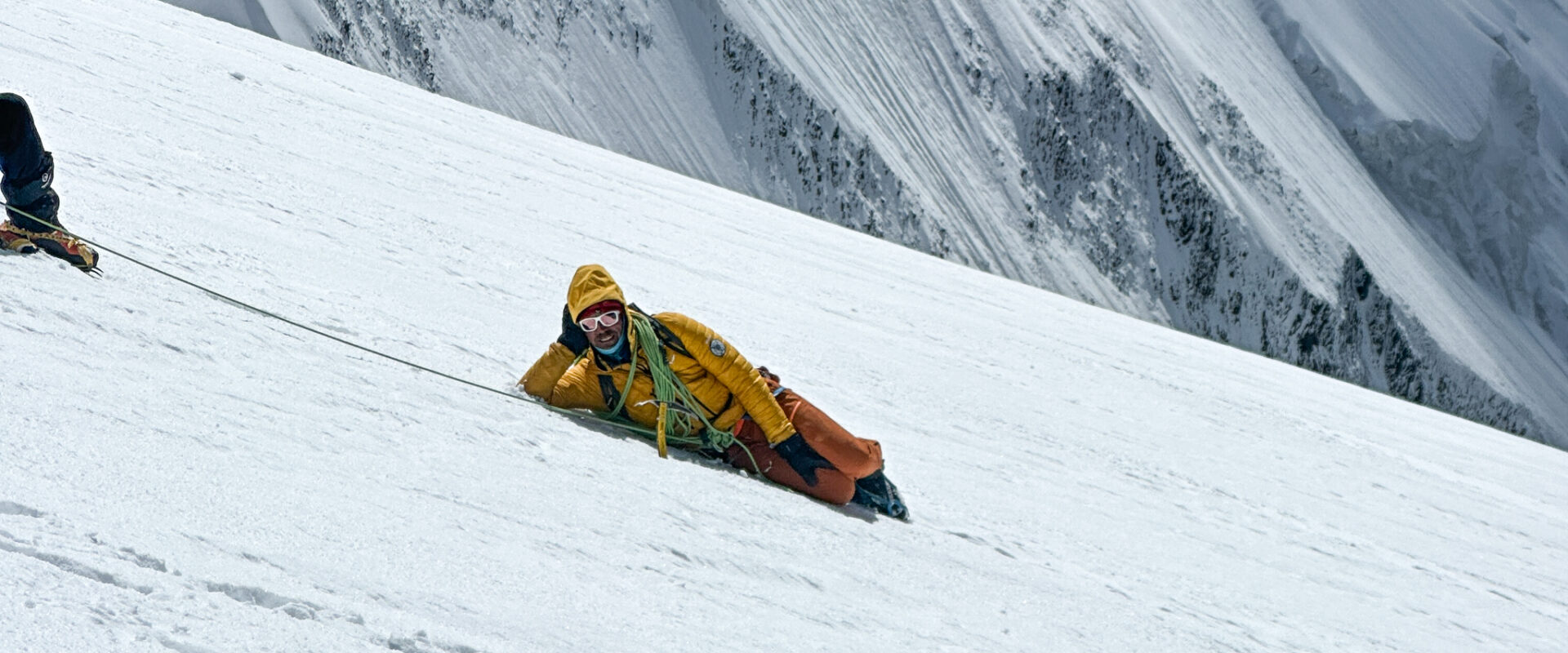
Climbing Mont Blanc is a goal that calls to adventurers across the world. At 4,810 meters, it’s the highest peak in Western Europe and a powerful symbol of alpine achievement. But it’s also frequently underestimated. While it may not be a technical ascent compared to some of the world’s more complex summits, the Mont Blanc climb comes with very real challenges; physical, technical, and mental.
The guidance in this article is based primarily on the most popular classic routes, particularly the Goûter Route. However, many of the same challenges also apply to the Italian Normal Route (via Gonella Hut) and the Trois Monts Route (Three Summits), which are equally demanding in their own ways. Regardless of which line you choose to reach the summit, being well-prepared and informed is critical.
If you’re wondering how difficult it is to climb Mont Blanc or preparing for your own summit attempt, understanding these core challenges is essential.
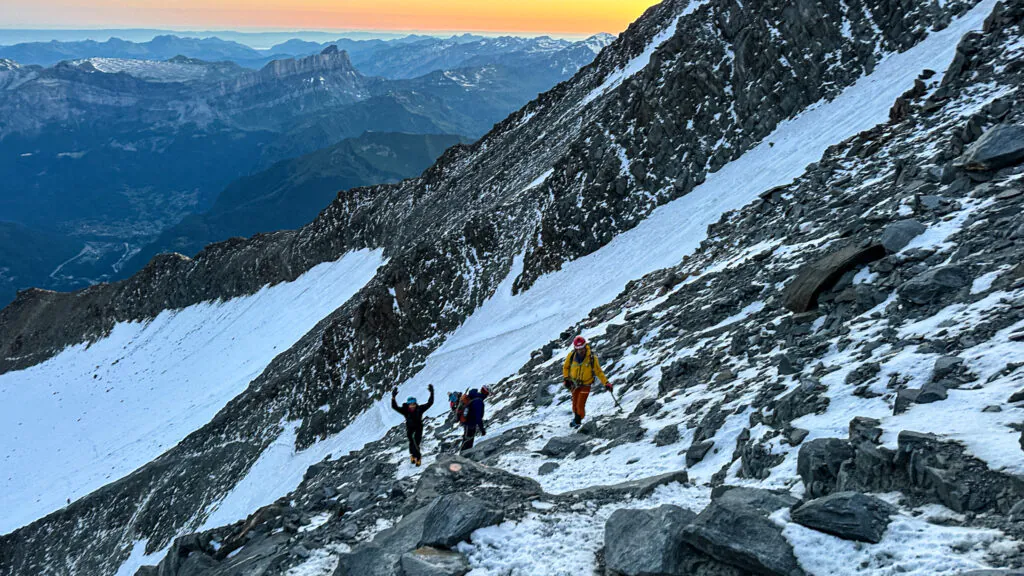
1. Pace: This Isn’t Kilimanjaro
One of the most common misconceptions is that slow and steady always wins. Many arrive with the “Pole Pole” mindset from treks like Kilimanjaro. But climbing Mont Blanc is a different experience altogether. The key here is efficiency. That means moving steadily with purpose, taking minimal breaks, and keeping momentum without burning out.
It’s not about rushing, it’s about avoiding unnecessary delays and exposure. Every extra minute in the couloir or near loose rock increases objective risk. And remember, the real test often comes on the way down. Fatigue combined with technical terrain like the summit ridge, the moguls below the Goûter Refuge, and the descent through the couloir can become a dangerous mix if you’ve gone too slow or overexerted yourself too early.
2. Comfort with Exposure
Mont Blanc is not a highly technical peak, but the exposure is real and significant. You’ll find yourself on narrow ridges and steep slopes with sweeping views into the void. It’s not the north face of the Eiger, but the perspective is humbling and, for some, intimidating.
This is especially noticeable below the Refuge du Goûter, particularly on the moguls. The third mogul has become more exposed in recent years due to glacial recession, and the final summit ridge offers little in the way of psychological shelter. Similar exposure is also present on the Trois Monts route, especially while traversing Mont Maudit and Mont Blanc du Tacul.
3. Technical Skills Matter
Mont Blanc doesn’t require advanced mountaineering experience, but it’s also not just a walk with crampons. You need to know how to use your gear effectively. That means placing your crampons correctly, keeping your ice axe in the right hand, and walking with precision—especially on narrow, icy passages where clipping your own feet is a real hazard.
On the descent, your guide will often be behind you. Being able to follow instructions clearly, respond independently, and stay focused on your footing is a key part of the climb. This applies to all major routes, whether you’re descending from the Goûter Hut or navigating complex glacier terrain on the Italian side.
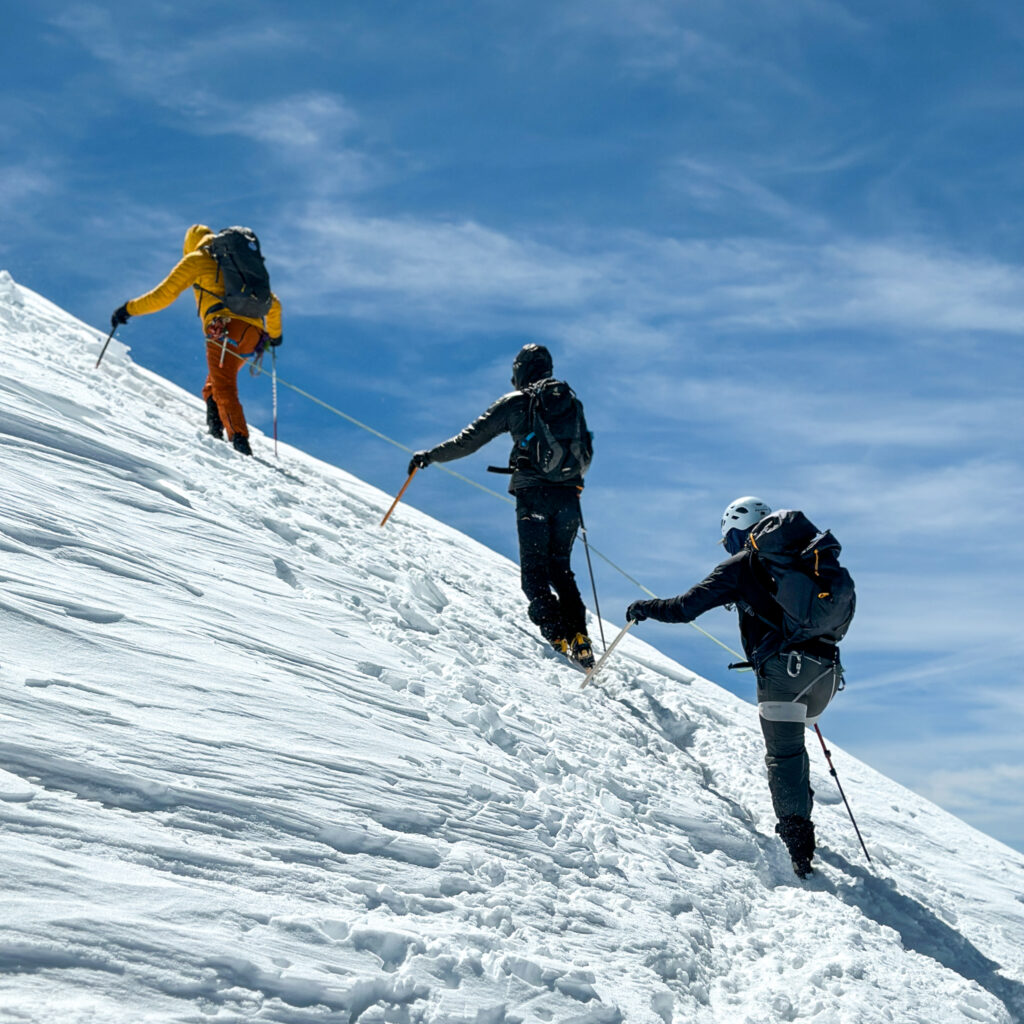
4. Acclimatization Is Essential
Mont Blanc sits high enough to bring altitude into play. 4,810 meters is not extreme by Himalayan standards, but it’s high enough to trigger symptoms of Acute Mountain Sickness if your body hasn’t had time to adjust. That’s why acclimatization is not something to leave to chance.
If you head straight up without spending time at altitude beforehand, you increase your risk of headache, fatigue, nausea, or worse. Building in an acclimatization phase—whether through nearby peaks or a progressive itinerary—is critical to your success and safety, no matter which route you’re taking.
5. Manage Your Own Resources
Climbing Mont Blanc doesn’t come with support teams or porters. You carry everything you need. On average, climbers take about 2.5 liters of water and a small amount of high-energy snacks—just enough to sustain but not overload.
That means resource management is vital. You need to pace your intake so you don’t run dry or burn through your calories too early. If you’ve already depleted everything by the first mogul, the rest of the day will feel like a slow collapse. This applies just as much on longer summit days from Gonella Hut or through the Trois Monts traverse, where energy demands can be even greater.
6. Weather: Respect the Mountain
You’ll hear stories of climbers pushing through storms and tough conditions to reach the summit. But just because others do it doesn’t mean it’s wise. Knowing when to call it is part of becoming a responsible mountaineer.
The weather on Mont Blanc can change fast and dramatically. Choosing to push on in deteriorating conditions can cost you much more than just comfort. The best time to climb Mont Blanc is typically between June and September, when the weather is most stable. But even in high season, conditions can shift rapidly. Recognizing when it’s not your day is a sign of strength, not weakness. The mountain isn’t going anywhere.
In Summary
So, how hard is it to climb Mont Blanc? It’s not just about fitness or ambition, it’s about how well you manage the full picture: pace, exposure, technical ability, altitude, resourcefulness, and decision-making. Each element plays a role in whether you simply attempt the summit or complete the climb with confidence and safety.
That’s exactly what we focus on in the Life Happens Outdoors Mont Blanc Summit Course. This is more than just a guided climb—it’s a fully supported journey designed to help you build the right skills, develop the right mindset, and experience what it means to move with purpose and confidence in the mountains. You’ll train with expert guides, follow a well-thought-out acclimatization plan, and be equipped not just to reach the summit—but to understand and own every step of the way there and back.
If you’re serious about climbing Mont Blanc, join us. The summit may be the goal, but transformation happens in the process.
About The Author
Rami Rasamny is the founder of Life Happens Outdoors, a premium adventure travel community dedicated to transforming lives through curated outdoor experiences. A mountaineer and entrepreneur, Rami has led teams on some of the world’s most challenging peaks, from the Alps to the Himalayas. His mission is to make adventure accessible, transformative, and safe for all who seek to push their limits and Come Back Different.
About Life Happens Outdoors
At Life Happens Outdoors, we believe in the power of nature to transform lives. As proud members of the Adventure Travel Trade Association (ATTA) and the World Travel & Tourism Council (WTTC), our team of certified guides and outdoor professionals is committed to the highest standards of safety, sustainability, and excellence.
Discover more about our story and mission on our Meet LHO page, or explore our curated adventures such as the Tour du Mont Blanc Trek, the Climb of Kilimanjaro, and Chasing the Northern Lights.









